When we consider the virtues of published writing, we normally think of books, E-Books, White Papers etc. When you are writing in the digital age, the platforms for writing have invariably increased. If you are writing for social media, blogs or a website, one of the greatest influences will be WHERE the writing will be housed. This will influence your tone, style and most significantly, your word count. Depending on your comfort (and interest) levels, you could find yourself making a respectable income writing blogs. (Okay, okay, we chose a list of the uber-successful global bloggers as an example). However, if this is something you are interested in, this selection of books is a useful guide when you are starting out and beyond.
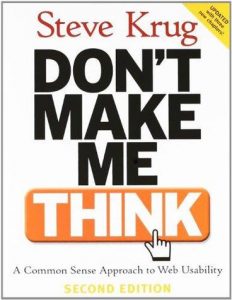 Don’t Make Me Think by Steve Krug
Don’t Make Me Think by Steve Krug
I know people who, when recruiting for digital roles said: ‘If they haven’t read this book, don’t give them the job’. This seems a bit harsh but the underlying sentiment is: this is the fundamental book that digital teams need to read when they are starting out. It discusses how to design usable Web sites by exploring how users really use the Web and offers suggestions for streamlining navigation, creating a home page, and writing for Web sites.
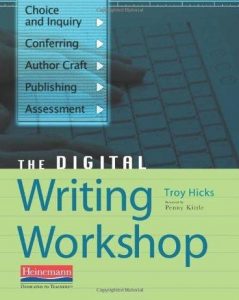 The Digital Writing Workshop by Troy Hicks
The Digital Writing Workshop by Troy Hicks
Troy’s clean, clear writing style is useful when you are navigating countless new terms for the technology used in digital forums. Troy’s focus is firstly on the writer, then the writing and lastly the technology as he explains how new technologies can be harnessed to advance the writing medium. We love the easy-to-read style of this book.
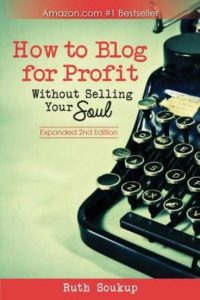 How to Blog for Profit without Selling your Soul by Ruth Soukup
How to Blog for Profit without Selling your Soul by Ruth Soukup
Do you want to earn a living doing what you love? Whether you have been blogging for years or just a few weeks, How to Blog For Profit (Without Selling Your Soul) offers solid advice and practical action plans for creating an authentic, successful, and profitable blog. With wit, wisdom, and the insight of someone who’s been there, Ruth Soukup shares how she grew her own blog, Living Well Spending Less, to over one million monthly visitors. We love the insights into Soukup’s own learnings along the way.
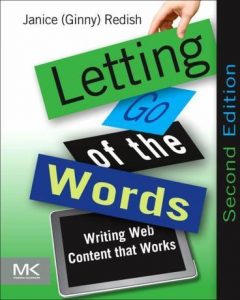 Letting Go of the Words: Writing Web Content that Works by Janice (Ginny) Redish
Letting Go of the Words: Writing Web Content that Works by Janice (Ginny) Redish
Ginny’s easy-to-read style will teach you how to plan, organize, write, design, and test your content. Learn how to have great conversations through your site or app. Meet your business goals while satisfying your site visitors’ needs. Learn how to create useful and usable content that your target market (or clients) will love.
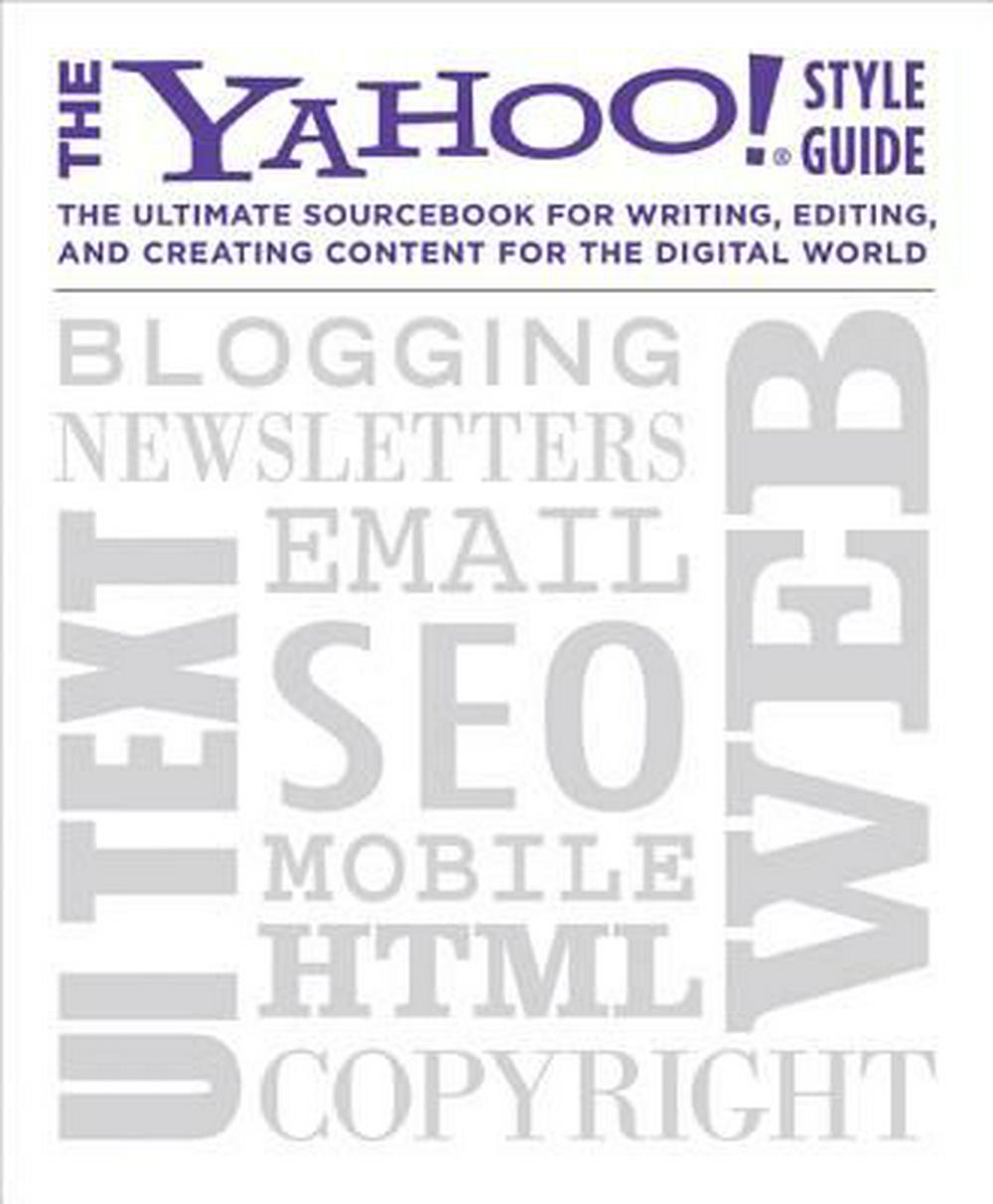 The Yahoo Style Guide, edited by Chris Barr
The Yahoo Style Guide, edited by Chris Barr
WWW may be an acronym for the World Wide Web, but no one could fault you for thinking it stands for wild, wild West. The rapid growth of the Web has meant having to rely on style guides intended for print publishing, but these guides do not address the new challenges of communicating online. Enter The Yahoo! Style Guide. From Yahoo!, a leader in online content and one of the most visited Internet destinations in the world, comes the definitive reference on the essential elements of Web style.
 Content Strategy for the Web by Kristina Halvorson and Melissa Rach
Content Strategy for the Web by Kristina Halvorson and Melissa Rach
This book is essential reading: content strategy helps you plan your writing and ascertain which topics will be of most interest to your target markets. It also includes the tone, types of content you can use and which channels should be used. This book also describes the value of content strategy, discusses how to audit and analyze content, and looks at ways to maintain content over time.